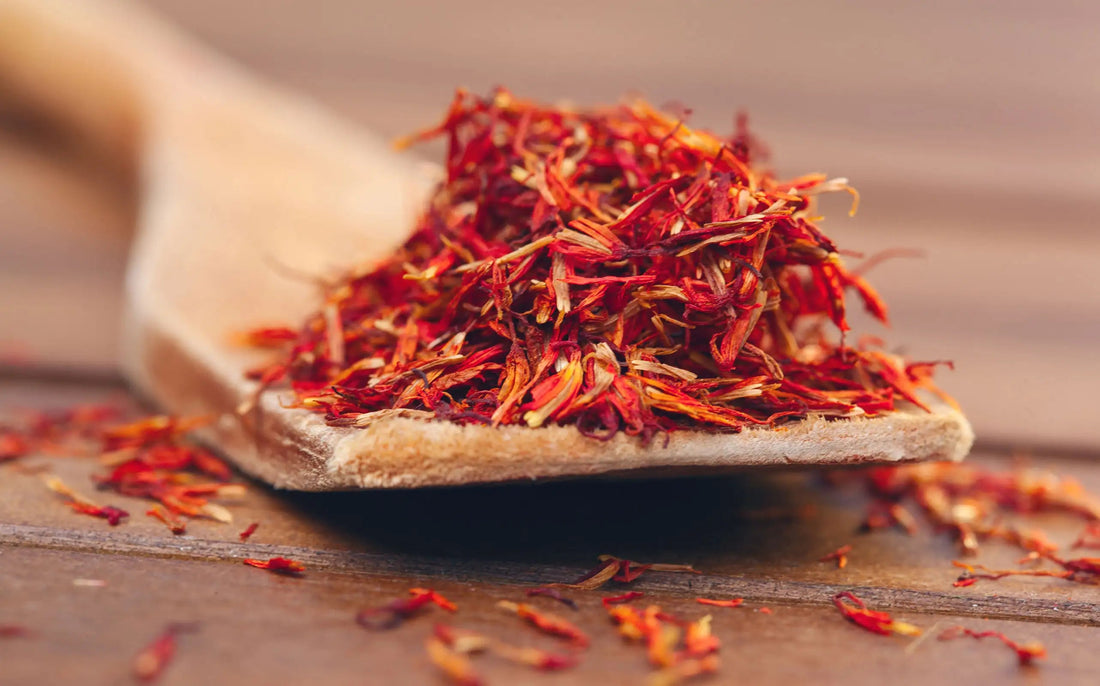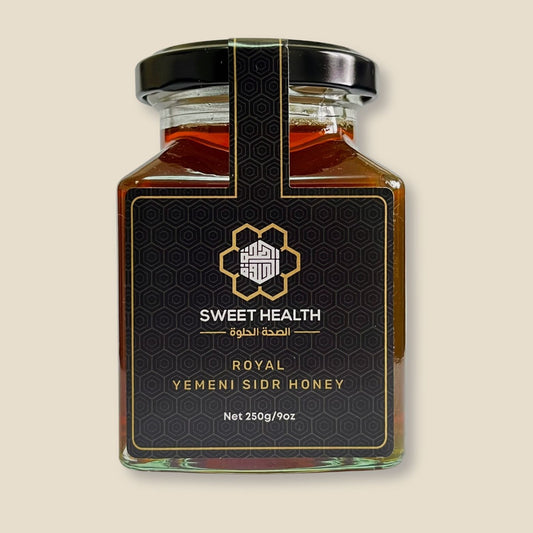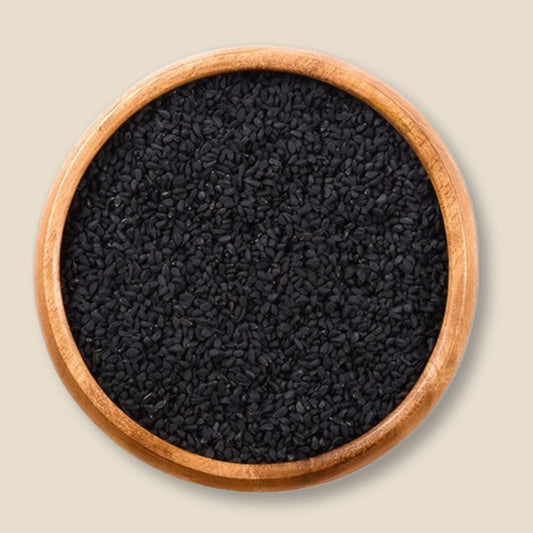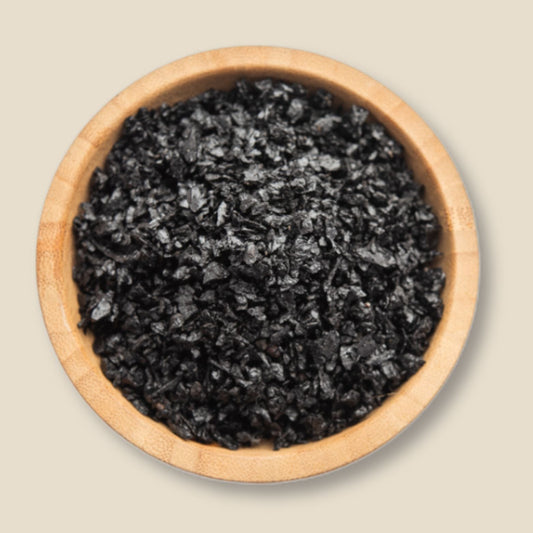
Where does saffron come from?
Abdullaah KhanShare
Saffron is a spice that is made from the dried stigmas of the crocus flower. It is a labor-intensive crop to grow and harvest, and is considered one of the most valuable spices in the world. It is native to Southwest Asia, and has been cultivated for thousands of years in countries like Iran, India, and Greece.
Saffron is typically grown in small plots, with the crocus plants spaced closely together. The plants are typically grown from corms, which are small, bulb-like structures that are planted in the soil. The corms produce leaves and flowers in the fall, and the flowers must be hand-picked as soon as they bloom. This is a delicate and time-consuming process, as each flower contains only three stigmas, which must be carefully removed and dried.
Once the stigmas are harvested, they are dried in the sun or using low heat, and then sorted and packaged for sale. The entire process, from planting to harvesting, takes several months, and requires a great deal of skill and attention to detail. This is one of the reasons why saffron is so expensive and highly prized.
Today, Iran is the world's largest producer of saffron, and is responsible for more than 90% of the world's supply. Other major producers of saffron include India, Spain, and Greece. The climate and soil conditions in these countries are well-suited to the cultivation of saffron, and the plants are able to thrive and produce high-quality stigmas.
Saffron is also grown in smaller quantities in other countries, including Afghanistan, Morocco, Italy, and the United States. However, these countries produce a relatively small portion of the world's total saffron supply.







